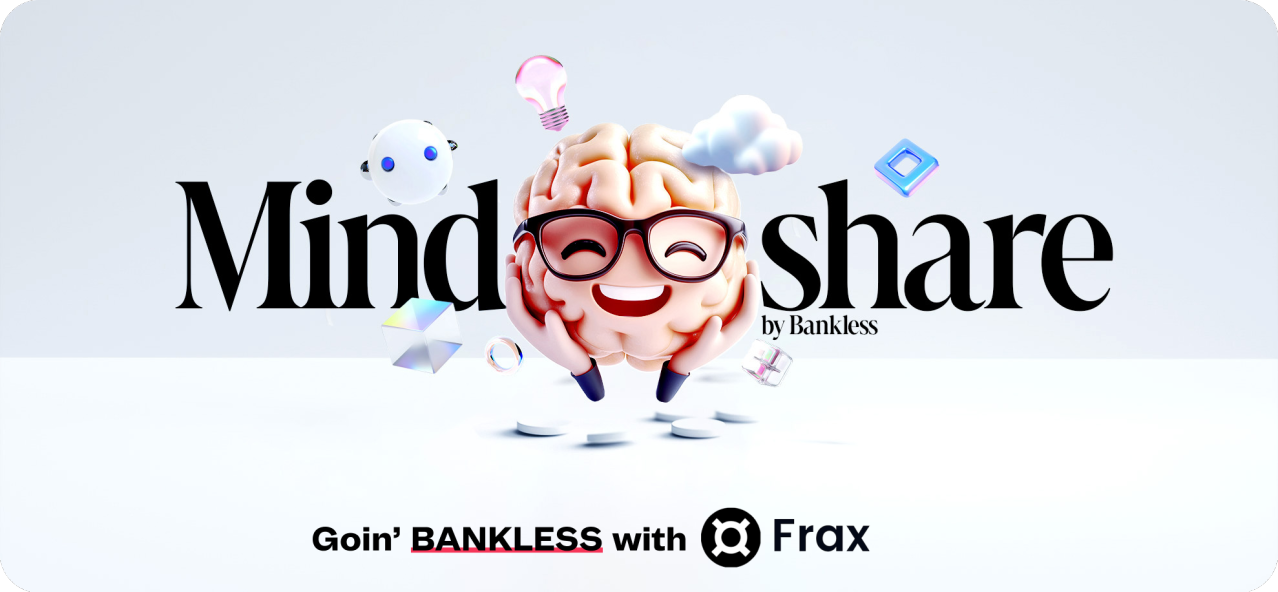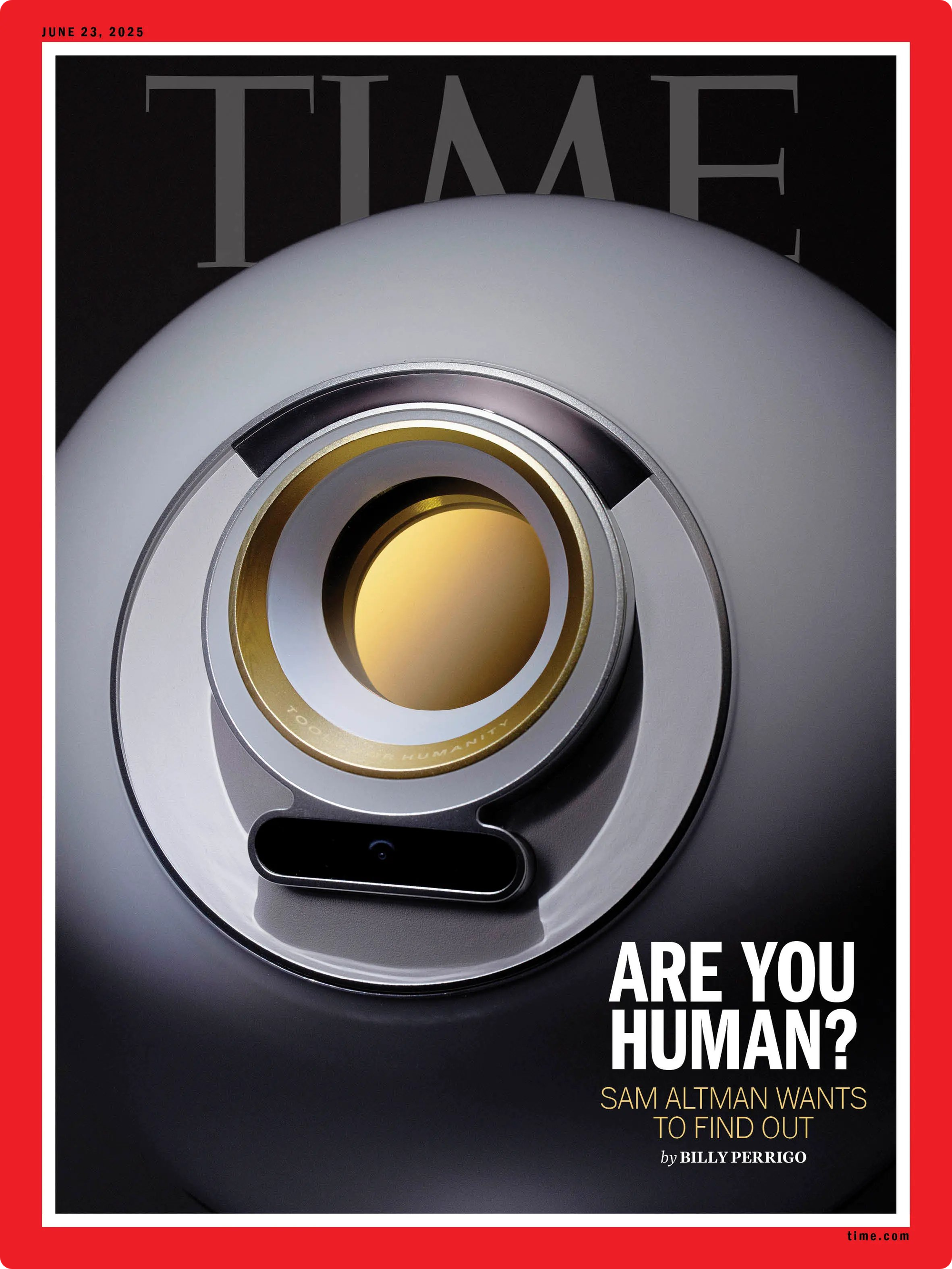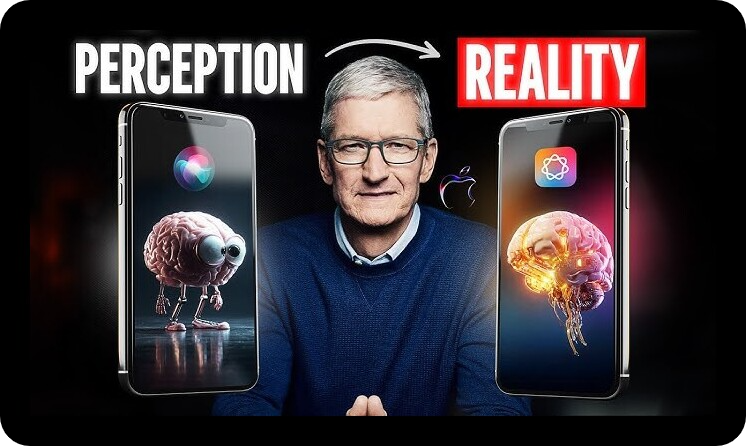OpenAI's Social Ace


View in Browser
Sponsor: Frax — Fraxtal Ecosystem: Where DeFi Meets AI.

📸 Market Snapshot: The AI agent sector remained relatively stable this week despite the broader market's decline as tensions flare between Israel and Iran. While most crypto assets felt the geopolitical pressure, agent tokens overall, according to Cookie, showed surprising resilience.
Yet again, the big story this week revolved around Virtuals, who marked their expansion onto Ethereum with the launch of I.R.I.S, an AI security agent developed by Ethereum developer shop Nethermind, which was also founded by Tomasz Stanzcak, co-ED of the Ethereum Foundation.
The market response was rapid and explosive. I.R.I.S achieved a ~500x return at peak for those who entered immediately. As expected though, it’s retreated ~50% since then as early holders have cashed in.
Yet what makes I.R.I.S interesting isn't just the price action—it's the actual utility. The agent helps developers catch security vulnerabilities by scanning code, monitoring GitHub changes, and even watching conversations on Twitter for potential issues.
Ultimately, it's not trying to replace human auditors, but rather act as a first line of defense that's available 24/7, smoothly complementing Nethermind’s current security toolkit.
Overall, this move into Ethereum feels like part of a bigger trend that may see the chain become the de facto place for AI onchain, especially as Virtuals seems to be moving into a state of total market dominance with other agent frameworks falling further and further behind.

As they share a founder, the interconnection between OpenAI and World (Sam Altman’s crypto-native, global identity project) has long been the subject of speculation without any real clarity on the matter. In 2024, the two were reportedly engaged in partnership discussions, though nothing’s been formally announced here since.
Recently, other reports have come to light stating that OpenAI's in the process of actively developing a social network, which makes strategic sense. As Farcaster’s Ted has pointed out, given the pattern of AI companies integrating across multiple platforms, it's hard to imagine OpenAI won't eventually integrate with World somehow.
For AI, social platforms provide rich, continuous training data, letting the models learn from more “nuanced” human interaction. That being said, there's a challenge: with AI improving at mimicking human behavior, how do you ensure you're collecting data from real humans rather than bots and synthetic content?
Solving that problem is precisely where World could fit in, providing OpenAI's rumored social network with the tools to hone in on quality human data, as well as offering a slew of additional features via its token and Layer 2 ecosystem.
All that said, this piece will break down how World actually works—its identity system, blockchain, and token economics—and explore how these pieces could integrate with OpenAI's expanding platform strategy.
🧱 The Five Pillars: How World Works
World is a stack of interconnected systems designed to work together. Think of it like building an entire digital country: you need identity documents, a currency, infrastructure, and applications.
World ID
World ID is your citizenship—a unique digital identifier powered by zero-knowledge proofs (ZKPs), allowing you to verify humanity without exposing any sensitive, underlying data.
Once verified, World ID becomes your ticket into the ecosystem, enabling access to services requiring human verification, like special privileges for World mini apps (more on these later) or exclusive airdrops.
Even more interesting to me are the real applications that already have integrated World ID. For example:
- Prediction market Kalshi uses it for secure sign-ins.
- Tinder Japan uses it for age verification.
- Razer uses it to tackle bots in online gaming.
As for the size of this system, nearly 13 million World IDs have already been issued, with World aiming to reach 50M by year's end.
The Orb: Gateway to World ID
The actual process for establishing your ID begins with the infamous Orb, a chrome sphere scanning your iris and facial features to confirm that you're a unique, living human.
- Why the iris? World maintains it’s the most unique and privacy-preserving biometric available, more unique than fingerprints, persisting against age or injury, and being harder to fake than “lifted” fingerprints.
When you scan your eye, the Orb creates a unique code based on your iris. This code never leaves the device as-is and is never stored on the blockchain. Instead, a cryptographic proof of your verification is what gets recorded onchain—just enough to prove you’re human, without revealing who you are.
The code itself is processed using a system called AMPC—short for anonymized multi-party computation—which keeps your data private and secure, even against future quantum computers.
Next, your code is encrypted and anonymized directly on the Orb, then split into pieces and sent to separate servers run by trusted groups like UC Berkeley and the University of Erlangen-Nuremberg.
Currently, Orbs are deployed in 46 countries, including five major U.S. cities, with verification free for users who also receive WLD tokens as onboarding incentives.

World App: The Applications
The World App manages your World ID credentials, holds crypto, and provides access to +230 third-party mini apps, from social apps like World Chat (WhatsApp-like messaging with crypto payments) to a Morpho integration.
This app hub provides the majority of traffic for World's L2.
Introducing the @MorphoLabs Mini App on World App: bringing lending, borrowing and rewards to 25M users, including priority rewards for humans (only possible on World).
— World (@worldcoin) May 1, 2025
World Chain: The Infrastructure
Next we have World Chain, World's human-first L2. Notably, the World App currently fosters 60% of transactions atop the network.
Yet what does “human-first” mean? Simply put, verified users receive priority blockspace and gas fee allowances while bots and unverified actors are deprioritized, creating an interesting onchain hierarchy unique to the chain.
Since launching in October 2024, World Chain became the second-most prolific L2 for daily onchain activity, trailing only Base in transactions at its peak.
The WLD Token
WLD is both the ecosystem's currency and its most controversial element due to its supply dynamics. With a total supply of 10B tokens, only 1.53B currently circulate—that's just 16% of its full supply, meaning there remains immense potential for dilution over the next few years.
Within the ecosystem, the token plays several roles: payments within the ecosystem and on the network, onboarding incentives, and potentially a universal basic income distribution, though details here are hazy for now.
Beyond this, it’s continually been viewed as a speculative proxy for Altman's broader AI empire—the only liquid bet available at the moment as OpenAI remains a private company.
📱 Strategic Positioning: OpenAI's Missing Layer
Across the broader AI landscape, companies are racing to build full-stack ecosystems. Meta is weaving AI into WhatsApp and Instagram, X has embedded Grok, Perplexity launched a Telegram bot, etc.
These moves are all about capturing more user data—but they lack a method for verifying the data they receive comes from real humans.
If OpenAI is indeed developing a new social platform, integrating World ID would give it that missing layer, allowing clear distinction between humans and bots, while also embedding the other layers of World’s stack to make it more like a super app than just another social media network.
- World Chain would provide the infrastructure for peer-to-peer payments, app-level incentives, and tokenized interactions.
- This would all be accessible through the World App, which would serve as the frontend and enable a Farcaster-like experience with hundreds of mini apps.
- And ultimately this would all be powered around and incentivized by WLD, while providing OpenAI clean, human-verified data to train on.
Zooming out, OpenAI’s upcoming social network presents a clear need: how to ensure the users generating training data are real humans, not bots or synthetic agents.
With World offering a direct solution—World ID for verification, World Chain for payments and onchain coordination, World App as the interface, and WLD to align incentives—we may finally get an answer to just how Altman’s two projects will intersect.
For the network, World would not just be a feature layer—it’d form a vertically integrated system that could turn OpenAI’s platform into a fully authenticated, monetized, and data-clean environment.
But that same alignment is also where the discomfort lies. The idea of one founder or company controlling identity, AI, and economic infrastructure raises legitimate questions about privacy, governance, and centralization.
Still, in a competitive race to build social platforms optimized for AI, World is uniquely positioned to solve one of the hardest problems here: proving that users are actually human.
Plus, other news this week...
🤖 AI Crypto
📣 General News
- Midjourney — is being sued by Disney and Universal, with the media giants alleging that the AI image creator powerhouse is a "copyright free-rider"
- 🔥 OpenAI — released o3-pro, the company's most powerful reasoning model yet, to ChatGPT Pro and Team users
- Wikipedia — paused its AI-generates summaries pilot after the website's editors protested that inaccuracies from the experiment could damage the platform's credibility
💻 Vibe Coding
📚 Reads
- Darkstar — AI, Agency, and the Erosion of the Link Economy
- David J. Gunkel — AI Signals the Death of the Author
- 0xJeff — StableAI: Where Stablecoins and AI Converge
- Loaf — The GDP Unlock: Lucid, Dream Agents, and the Next Exponential
- 🔥 Sam Altman — The Gentle Singularity

The Fraxtal ecosystem is expanding at lightning speed—this month’s biggest highlight is IQAI.com, the newest Agent Tokenization platform from IQ and Frax. IQ is building autonomous, intelligent, tokenized agents launching on Fraxtal in Q1. Empower onchain agents with built-in wallets, tokenized ownership, and decentralized governance—all within a fast-growing Fraxtal ecosystem.

On this week’s AI Rollup, David, Ejaaz, and Josh take aim at Apple’s WWDC curveball: can “Liquid Glass” and local inference redeem Siri’s legacy, or is Cupertino just coasting?
The Limitless crew unpacks Apple’s stealth AI strategy and digs deeper into why 2 billion iPhones may have just become the world’s biggest compute cluster.
They also break down OpenAI’s o3-pro leveling up into a full-blown research assistant and Apple’s spicy paper calling frontier models overrated.
Catch all this week's big ideas in the full episode! 👇